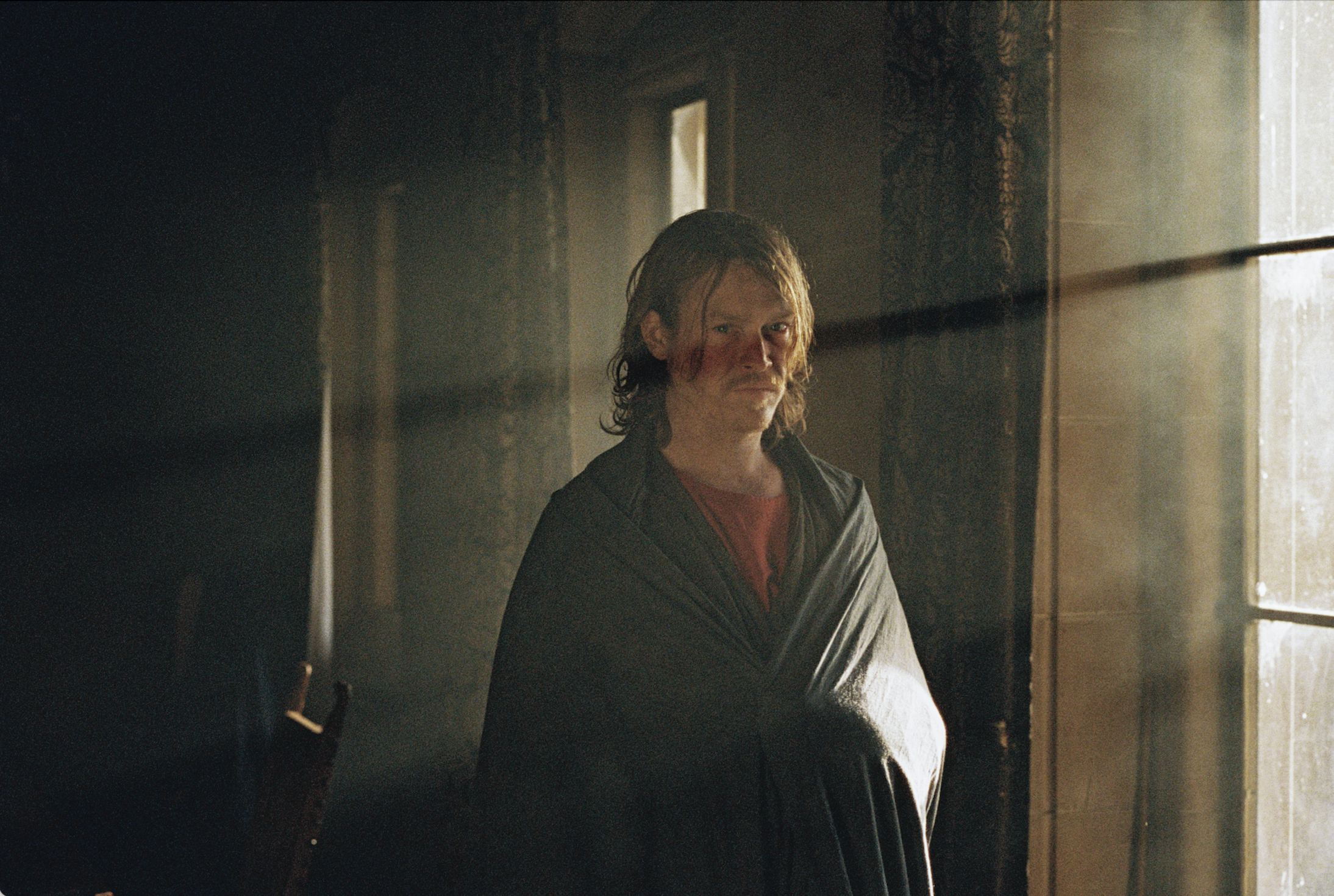
0
HARVEST (2024)

0
ON FALLING (2024)
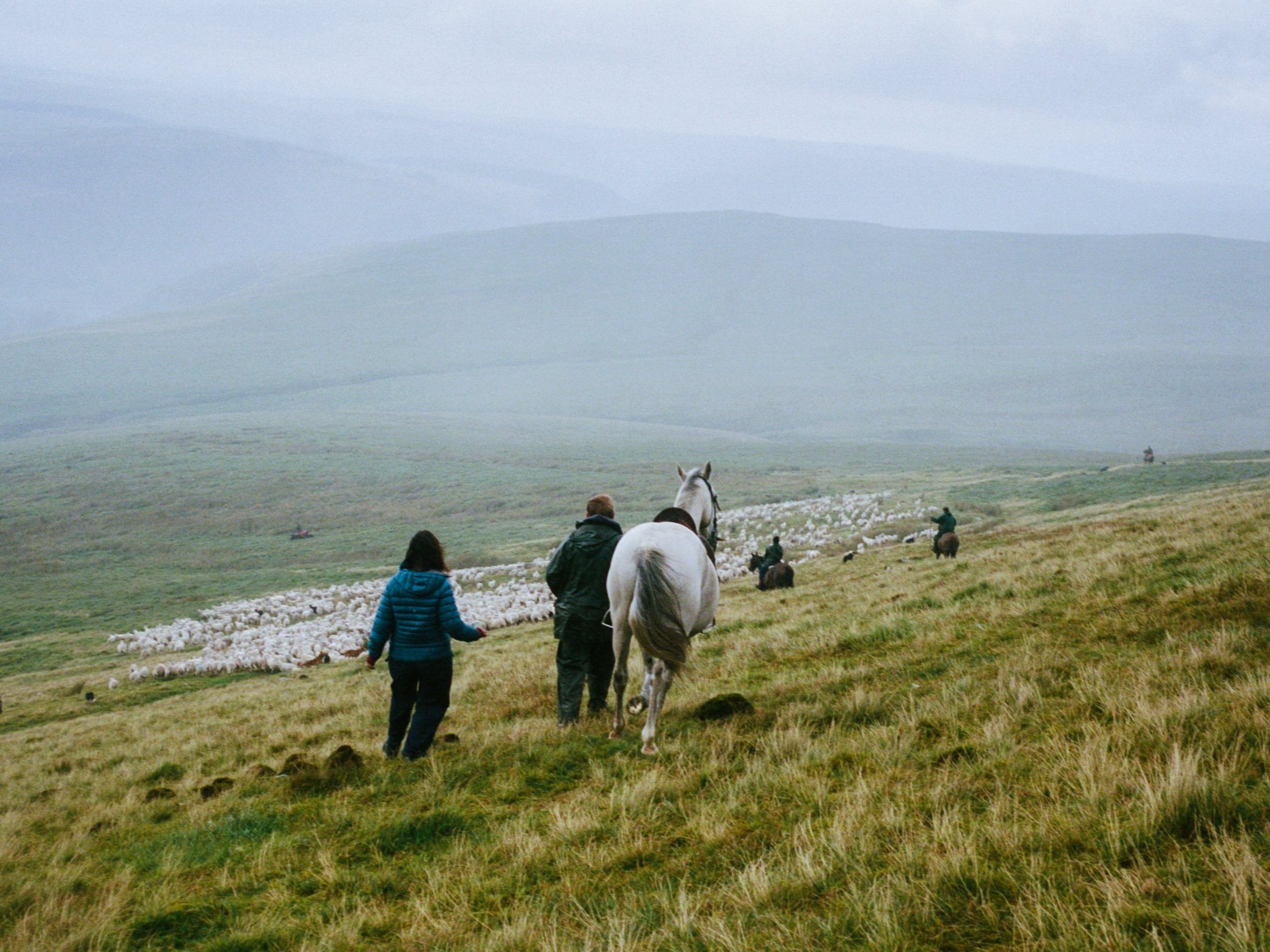
0
Shorts at Sixteen Films
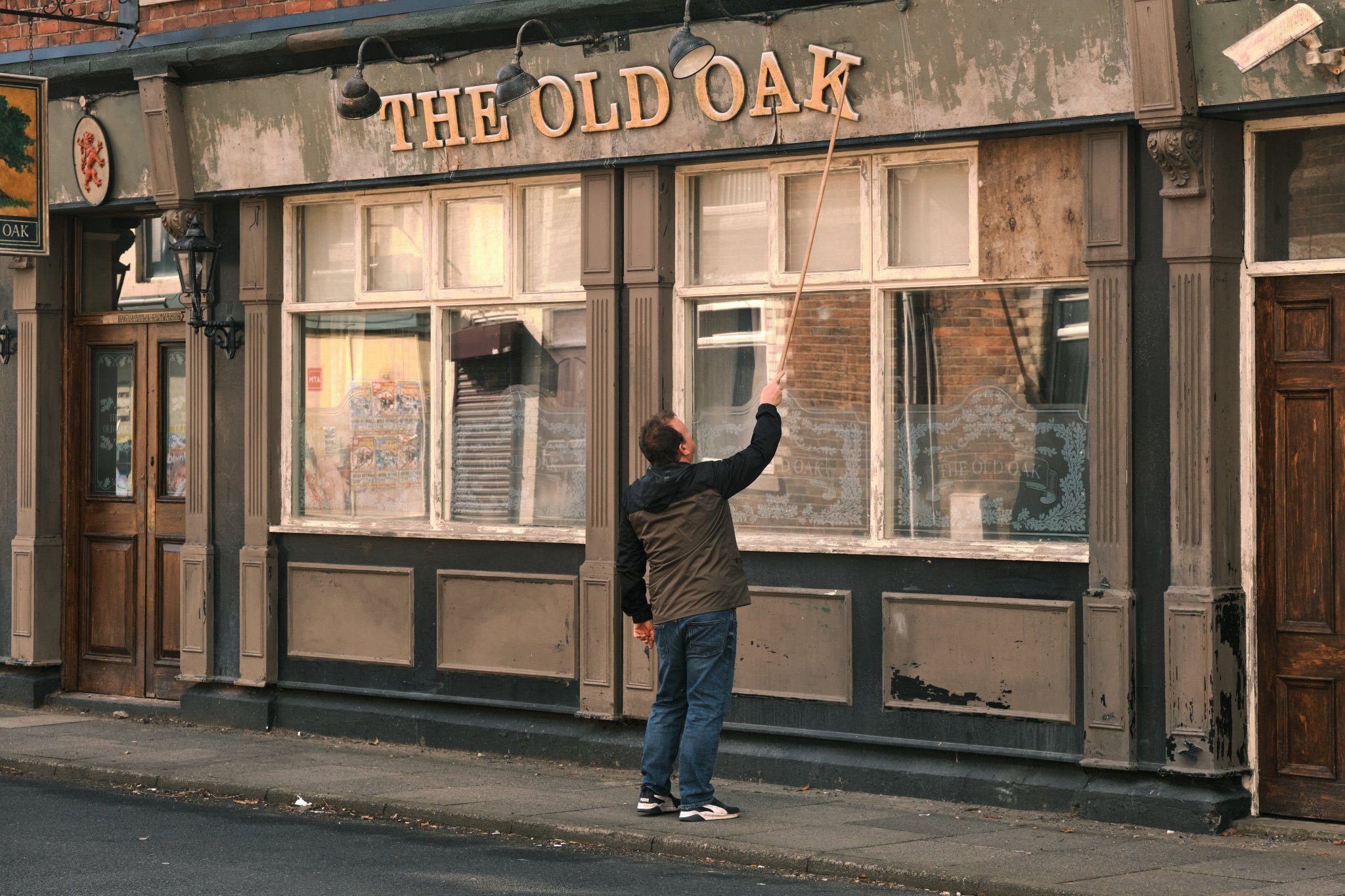
0
THE OLD OAK (2023)

0
SORRY WE MISSED YOU (2019)

0
I, DANIEL BLAKE (2016)
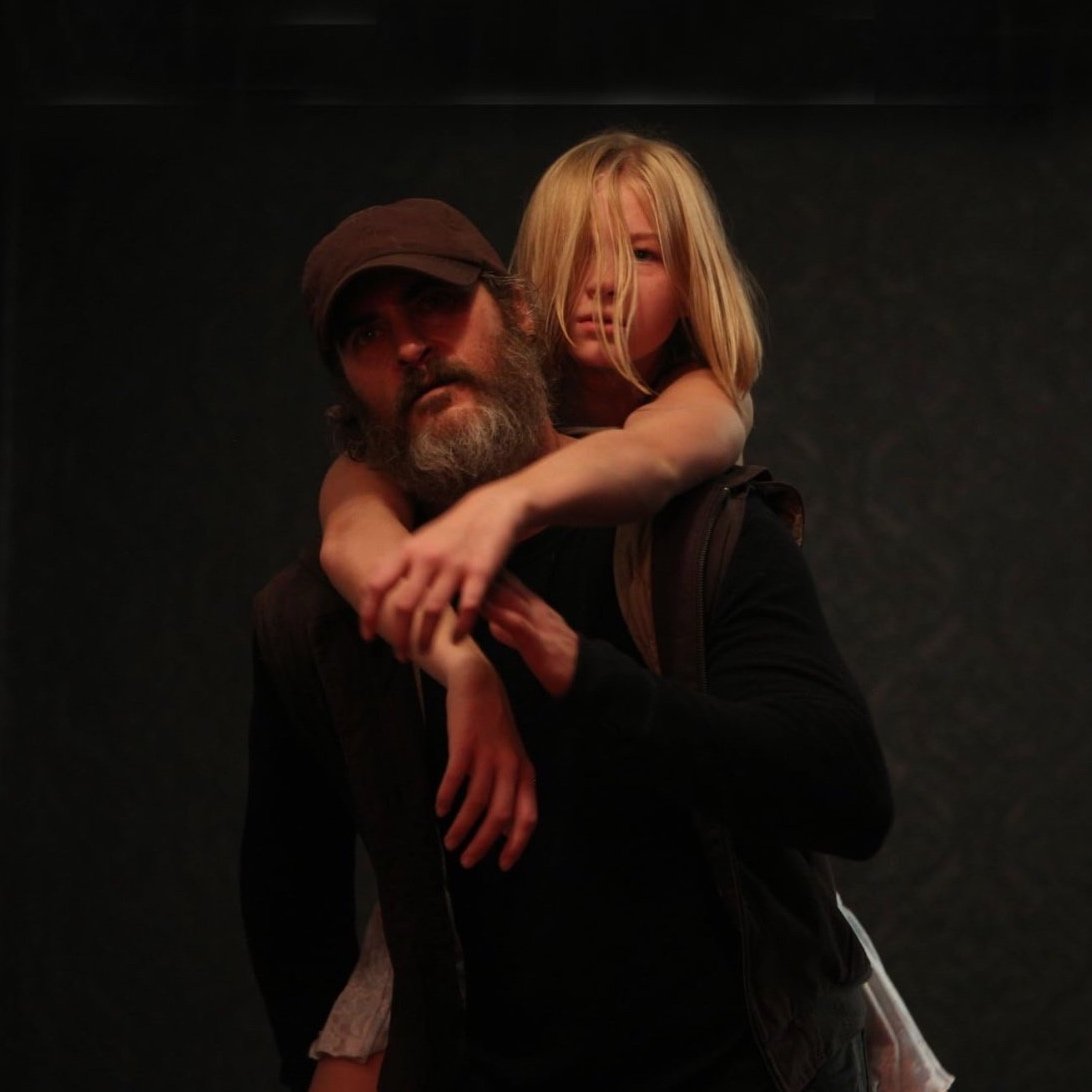
0
Other Features at Sixteen Films

0
VERSUS: THE LIFE AND FILMS OF KEN LOACH (2016)

0
JIMMYS HALL (2014)

0
THE SPIRIT OF ’45 (2013)
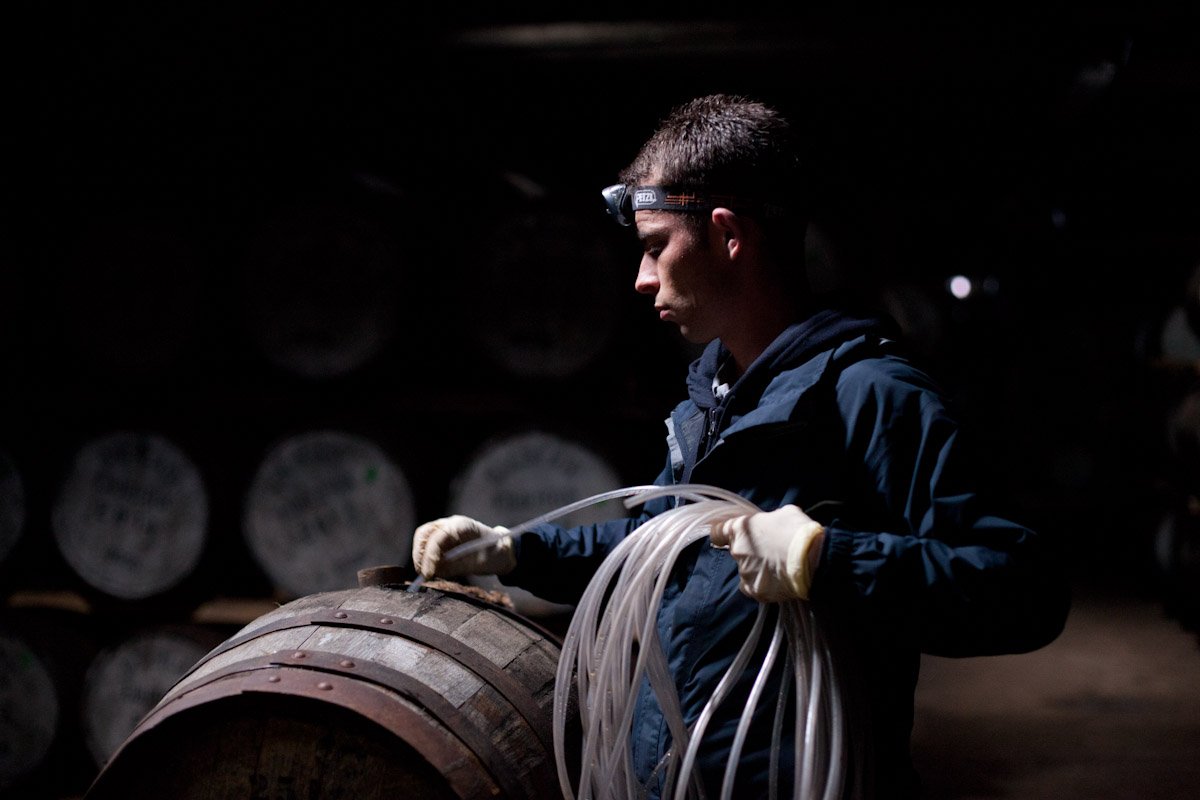
0
THE ANGELS' SHARE (2012)

0
ROUTE IRISH (2010)
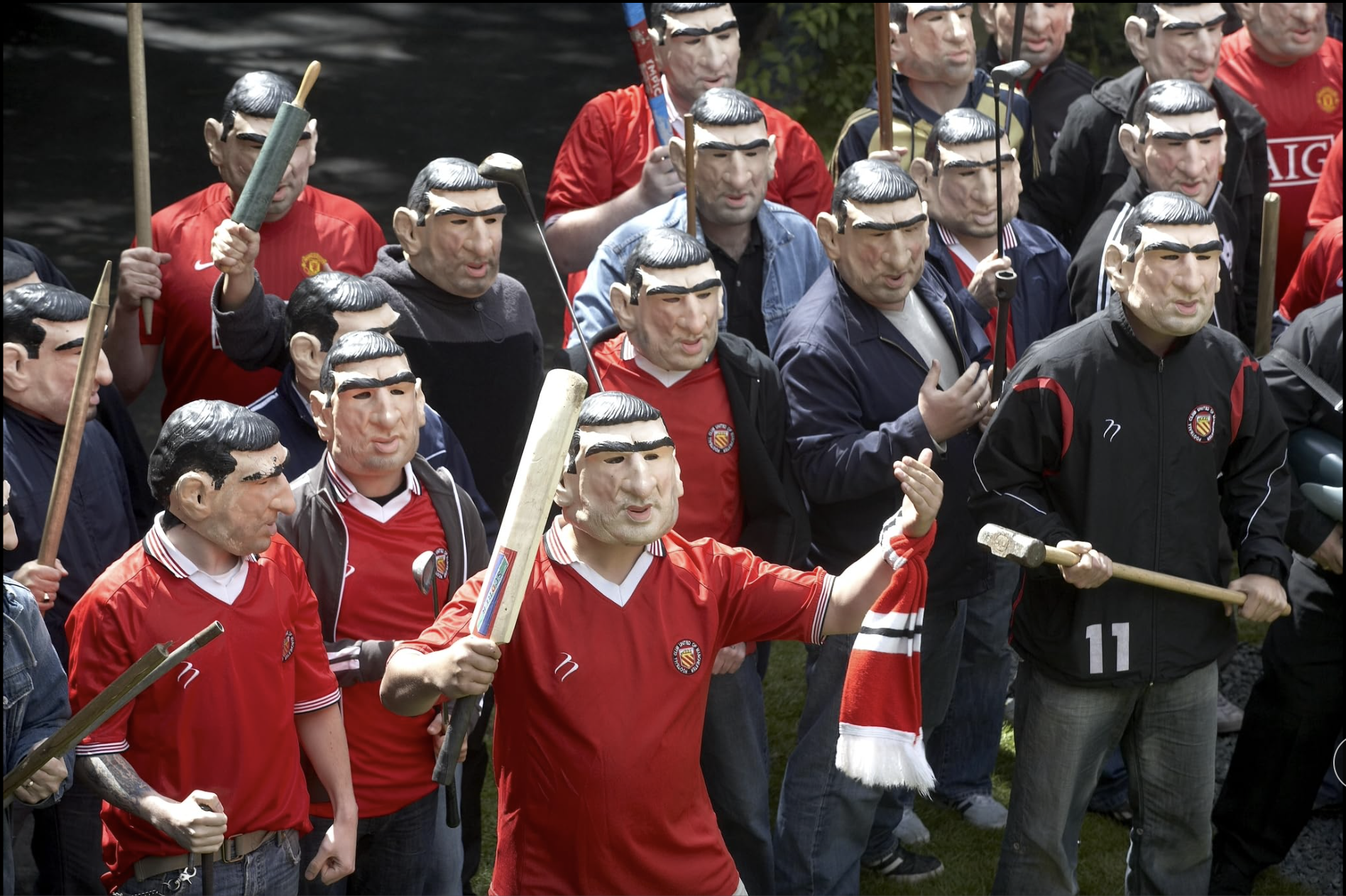
0
LOOKING FOR ERIC (2009)

0
ITS A FREE WORLD (2007)

0
THE WIND THAT SHAKES THE BARLEY (2006)
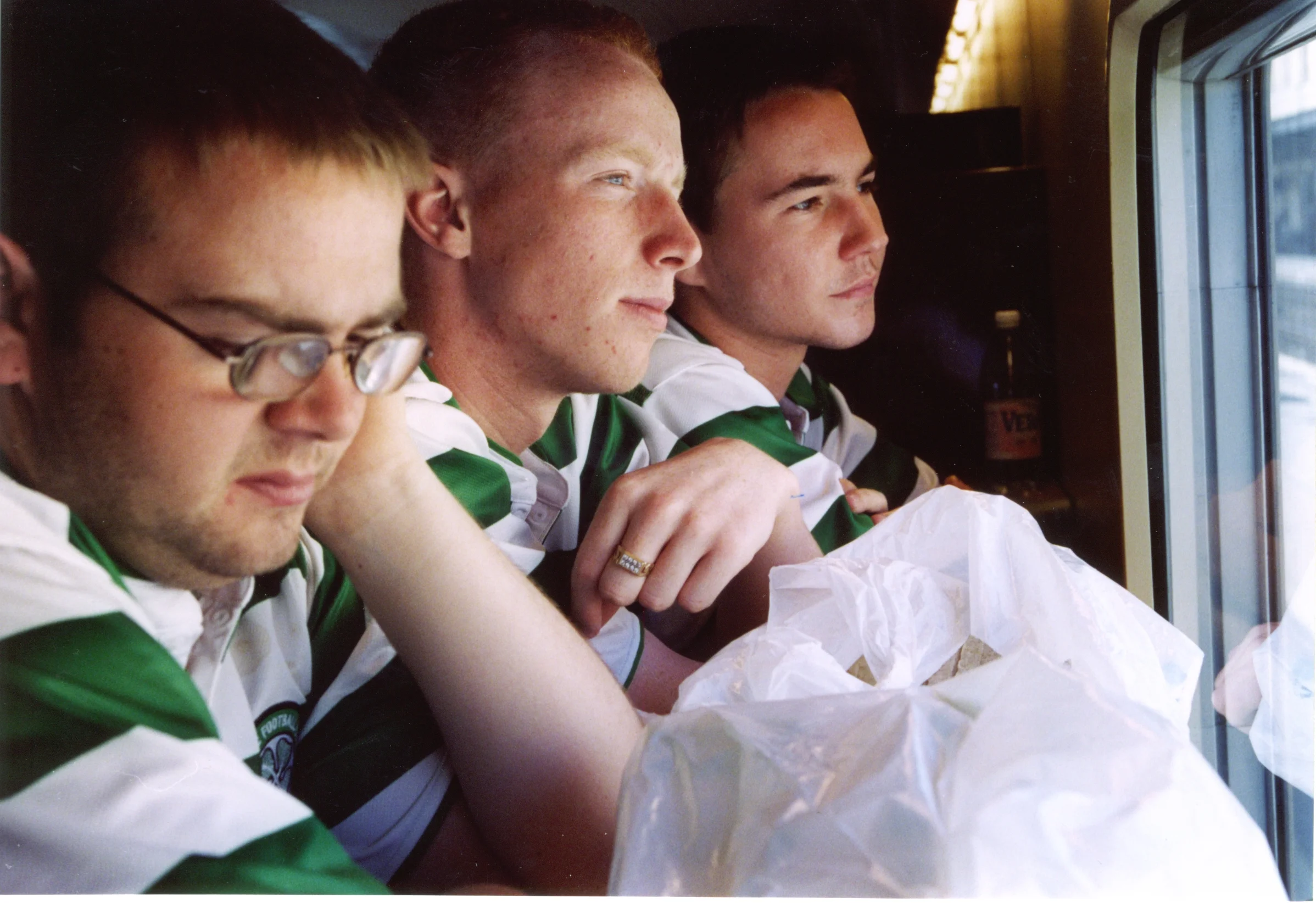
0
TICKETS (2005)

0
AE FOND KISS (2003)
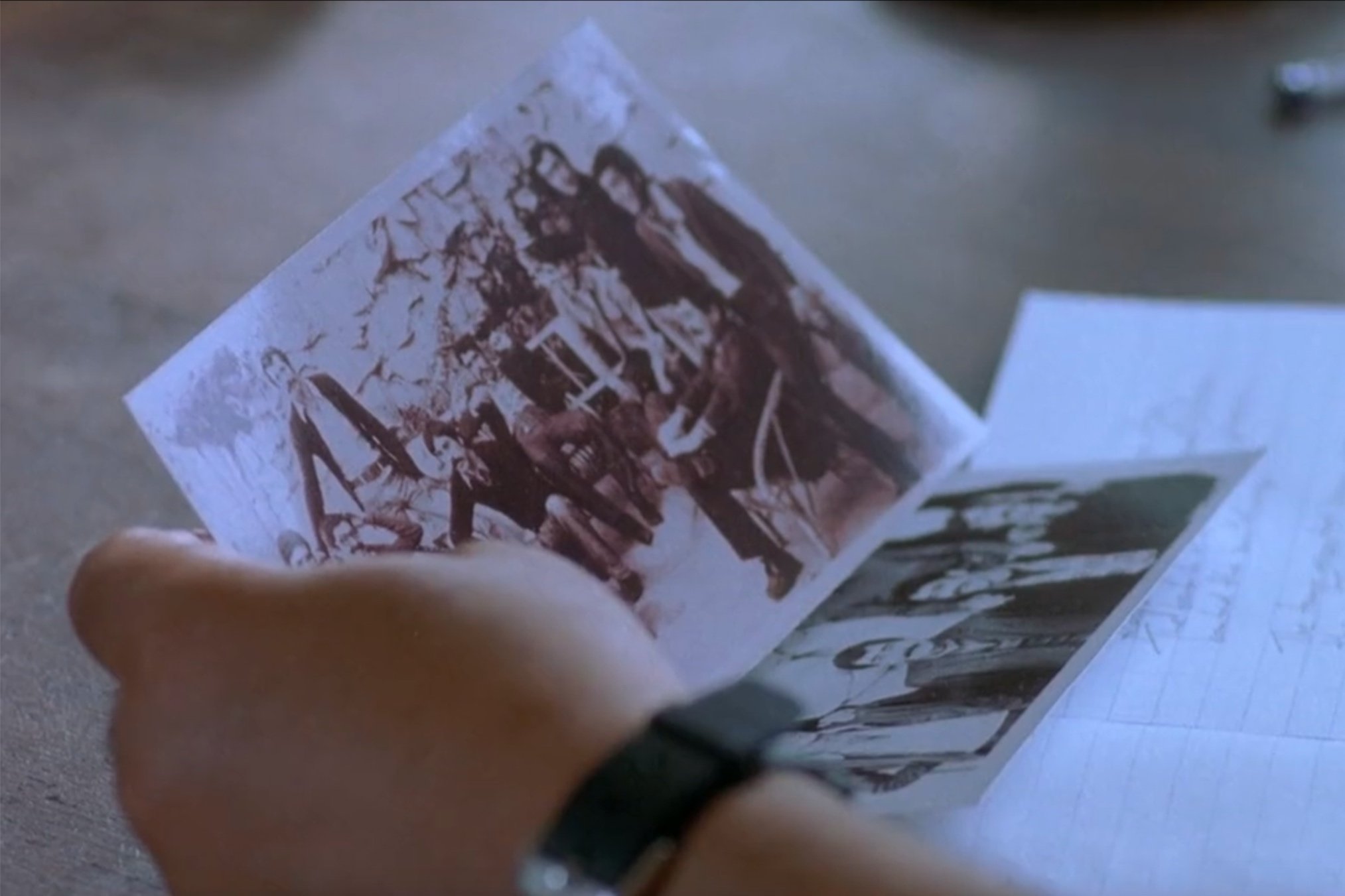
0
11’09”01 - SEPTEMBER 11 (2002)
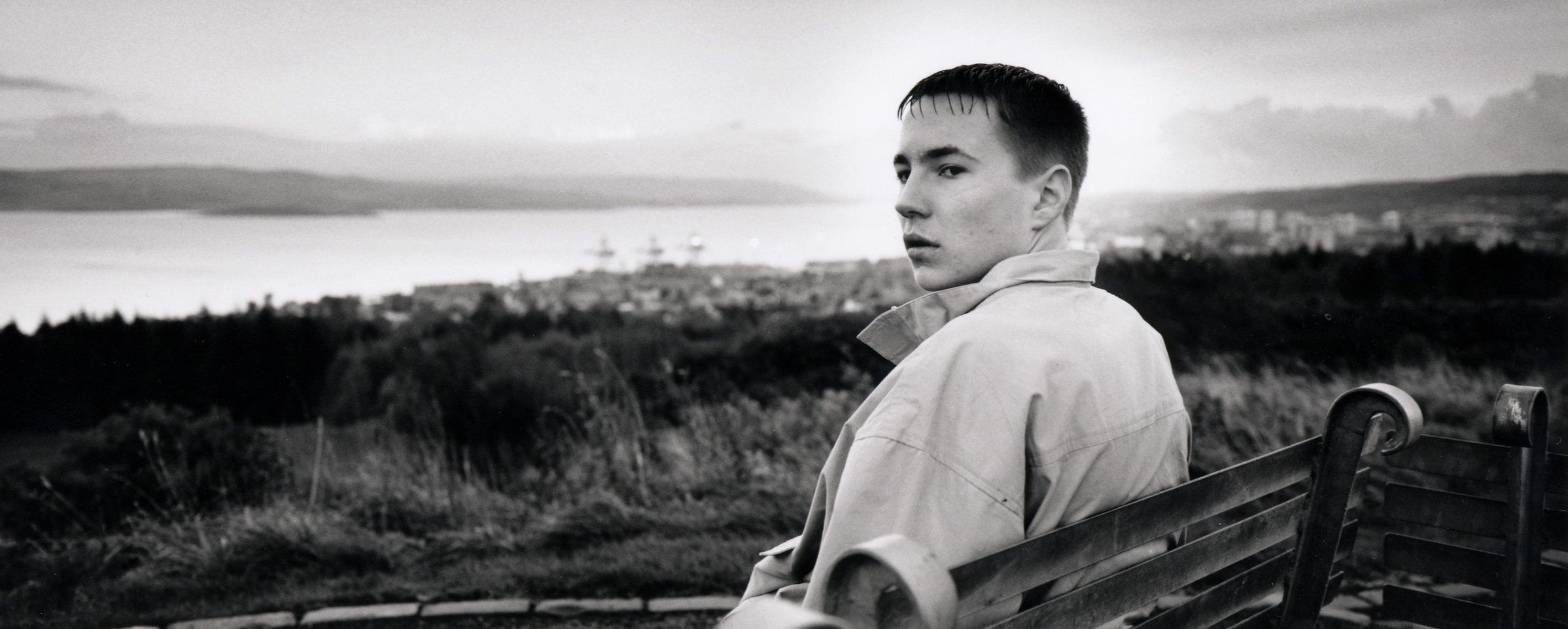
0
SWEET SIXTEEN (2002)

0
THE NAVIGATORS (2001)

0
BREAD AND ROSES (2000)
